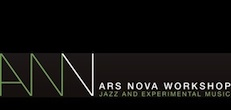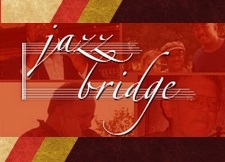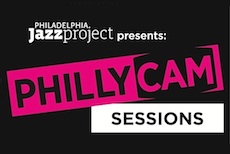Welcome to Philadelphia Jazz Project
Thelonious Monk - An American Original
Apr 3, 2021
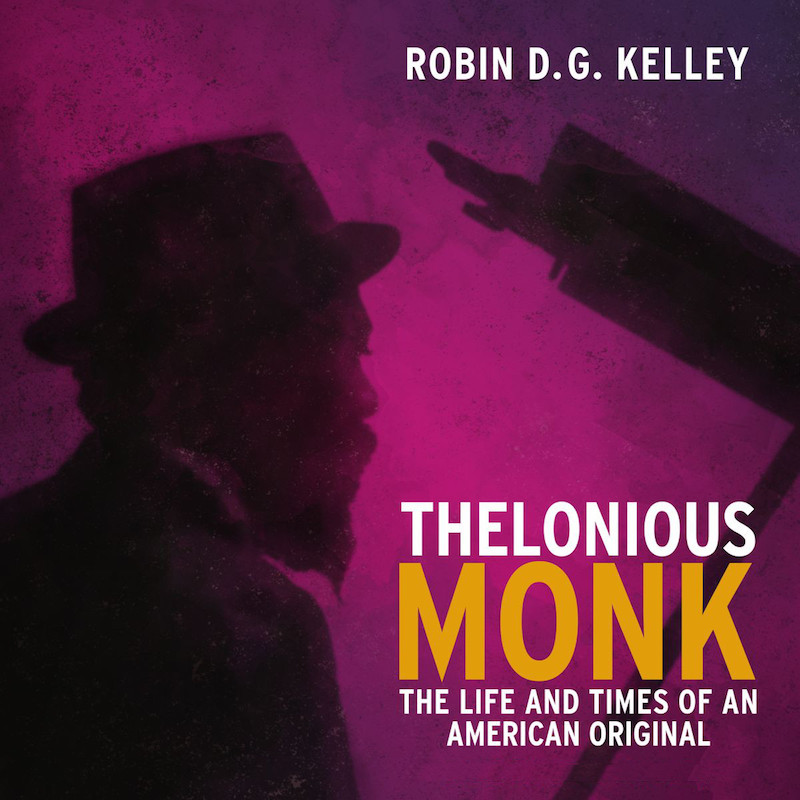
Thelonious Monk: The Life and Times of an American Original
THURSDAY, APRIL 22, 7:00PM
A FREE VIRTUAL BOOK DISCUSSION
CLICK HERE FOR INFO & REGISTRATION
There’s two kind of mistakes. The regular kind and those that sound bad. — Thelonious Monk
As one of the most influential pioneers of the music known as Bebop, Thelonious Monk stands in the modern Jazz pantheon alongside Dizzy Gillespie and Charlie Parker. Monk's peculiar approach to rhythm, timing, touch and phrasing obviously impacted upon the artistry of countless musicians since his arrival on the New York City music scene in the 1940s. However, this amazing pianist stirred the creativity of hordes of poets, painters, sculptors, filmmakers and dancers as well. Thirty nine years after his death, Thelonious Monk's music and his ideas are just as fresh and as strenuous as they were when he was alive. For Monk appreciators, admirers, students and fanatics, there is absolutely never a day when you can't listen to some Thelonious Monk.
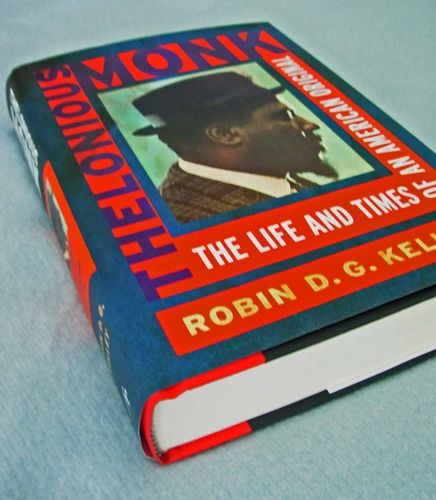 To celebrate Jazz Appreciation Month, the Free Library of Philadelphia and the Philadelphia Jazz Project will host a virtual discussion of the book, Thelonious Monk: The Life and Times of An American Original written by Robin D.G. Kelley. This insightful biography, available as both in paper and as an e-audiobook, is "likely the most thorough possible illumination of the man behind the legend." (Library Journal). Historian, Kelley labors to share a well researched, articulate and fair depiction of the piano genius, known as a self-conscious eccentric, who suffered from acute mental illness, was a major inspiration to the beatniks and who remains one of the most important composers in jazz history. Organizers of the event, Benjamin Remsen of the Free Library of Philadelphia and Homer Jackson of the Philadelphia Jazz Project will take audience members on an expedition through this fascinating book and the music of this American original: Thelonious Monk.
To celebrate Jazz Appreciation Month, the Free Library of Philadelphia and the Philadelphia Jazz Project will host a virtual discussion of the book, Thelonious Monk: The Life and Times of An American Original written by Robin D.G. Kelley. This insightful biography, available as both in paper and as an e-audiobook, is "likely the most thorough possible illumination of the man behind the legend." (Library Journal). Historian, Kelley labors to share a well researched, articulate and fair depiction of the piano genius, known as a self-conscious eccentric, who suffered from acute mental illness, was a major inspiration to the beatniks and who remains one of the most important composers in jazz history. Organizers of the event, Benjamin Remsen of the Free Library of Philadelphia and Homer Jackson of the Philadelphia Jazz Project will take audience members on an expedition through this fascinating book and the music of this American original: Thelonious Monk.
PJP's Homer Jackson caught up with librarian, Benjamin Remsen to discuss the upcoming event, the book and of course, the phenomenal music of Thelonious Monk.
PJP: Tell us about your upcoming event and what inspired it?
Benjamin Remsen: Last spring, when the pandemic was new and librarians were trying to wrap our heads around what to do with virtual programming, me and some other folks at the Free Library thought it would make sense for some of us to focus on our personal passions, obsessions, fandoms, whatever. I picked jazz. I've been writing a series of blog posts for the library website called "Philly Jazz Legends."
As for programming, back in August I did a virtual book discussion about a Billie Holiday biography, I did a virtual movie discussion in December about a documentary on the drummer Milford Graves, and that brings us to the event you and I are doing on April 22nd.
I suggested this idea to you because Robin D.G. Kelley's, Monk book is the best jazz biography I've ever read, and I was excited to get to revisit it and hear other people's thoughts about it. Unlike most authors of jazz bios, Kelley is a very important academic. His book, "Hammer and Hoe" is a groundbreaking work on labor organizing among Black workers in Alabama in the '30s. He's actually been making the rounds of news sources recently due to the Amazon union drive that's happening right now in Bessemer, Alabama. Anyway, he's also a good writer, which isn't always the case with academics, and he clearly has a profound knowledge of and love for the music. But he's also got the historical chops to do serious research to disentangle Monk the man, from Monk the myth.
Monk was deep, heavy… what spoke to me of a world way past the gray concrete streets of 1950s working-class Newark… Sitting in my room with that music jamming new images into my mind… So, of course, I became a Bopper: Like, trying to be hip… as that came in more clearly. Always hip, not square. Never square! — Amiri Baraka
PJP: Why does it matter that we separate the myths around Monk from who he really was as a person who lived and worked and had a family?
Benjamin Remsen: Like you said, he was a real person who worked and had a family to support, and his work was playing and recording jazz. In the book we see the caricature of Monk as this incomprehensibly 'out' cat that emerges in the press -- and it directly impedes him securing gigs because people assume he's unreliable!
We also see articles repeatedly getting published claiming he's self-taught, even though he excelled at a conventional classical course of study as a kid and he learned jazz at the feet of the giants of stride piano, James P. Johnson, Willie "The Lion" Smith, and all those guys.
Are these media distortions examples of straight-up racism? Absolutely. Were the distortions informed by the way Monk played into his image as hiply unintelligible? Yes, that too. Was this dynamic influenced by Monk's increasingly acute bipolar disease, made worse by his taste for reefer and gin when he was in manic periods? It was that too. Kelley teases all of these things apart so well in this book, and he unpacks what the myths around Monk say about American culture.
…Monk is the most unique musician of our crowd. He was the one least affected by any other musician, unless he’s affected by piano players like James P. Johnson and Fats Waller or Duke Ellington. I never heard him play like Teddy Wilson... When I heard him play, he was playing like Monk, like nobody else. — Dizzy Gillespie
PJP: If folks want to find out more about the event on April 22nd, how might they do that?
Well, I'm sure you'll include the link with this interview. Go to that page and sign up on Eventbrite. We'll send you a Zoom link the day of the event. The event itself will be me asking you a few questions, then we'll open it up to attendee comments, questions, theories, or whatever people want to bring. I should add that it's totally okay for people to attend even if they haven't read the book.
PJP: Why Jazz? When you could be doing anything else, Why this music?
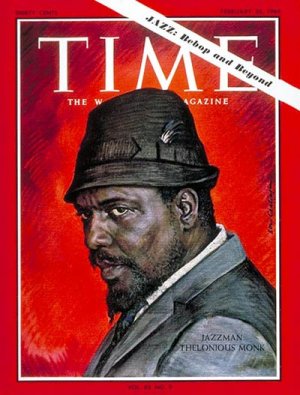 Benjamin Remsen: Personally, it's because I love it so much. Jazz is, for me, as important an art form as humans have ever created, and the fact that it grew out of the experience of being Black in the US is so deep, and makes it extra interesting to read about.
Benjamin Remsen: Personally, it's because I love it so much. Jazz is, for me, as important an art form as humans have ever created, and the fact that it grew out of the experience of being Black in the US is so deep, and makes it extra interesting to read about.
And I guess I'd say, lastly, that I love talking about books and I love talking about jazz, so talking about the best biography of a jazz musician that I've ever read seemed like fun. And you, as someone who I know loves Monk and is of course tremendously knowledgeable about jazz history, seemed like the right person to talk to about it. I'm really looking forward to the 22nd!
Thelonious Monk: The Life and Times of an American Original
THURSDAY, APRIL 22, 7:00PM
A FREE VIRTUAL BOOK DISCUSSION
CLICK HERE FOR INFO & REGISTRATION
ABOUT THE BOOK'S AUTHOR:
Robin D.G. Kelley is an award-winning author and professor of American History at UCLA. His book Thelonious Monk: The Life and times of an American Original was named Best Book about Jazz in 2009 by the Jazz Journalists Association, earned the PEN Open Book Award, and was named one of the top 100 books of 2009 by The New York Times Book Review, among other honors. Kelley has also written numerous essays, which have appeared in several anthologies and journals including The Nation, Monthly Review, The Voice Literary Supplement, The New York Times Magazine, and the Boston Review. In 2014, Kelley received a Guggenheim Fellowship.
ABOUT THELONIOUS MONK:
Thelonious Sphere Monk was an American jazz pianist and composer of numerous compositions that are fixed as standard jazz repertoire. Monk's songs and improvisations feature dissonances and angular melodic twists and are consistent with his unorthodox approach to the piano, which combined a highly percussive attack with abrupt, dramatic use of switched key releases, silences, and hesitations. Monk was renowned for a distinct look which included suits, hats, and sunglasses. Monk is one of five jazz musicians to have been featured on the cover of Time magazine (the others being Louis Armstrong, Dave Brubeck, Duke Ellington and Wynton Marsalis).
Check Out These Historic Thelonious Monk Performances:
Also Check Out This PJP Project Celebrating Thelonious Monk:
Follow us, like us, or just check us out at our pages on these social media platforms...
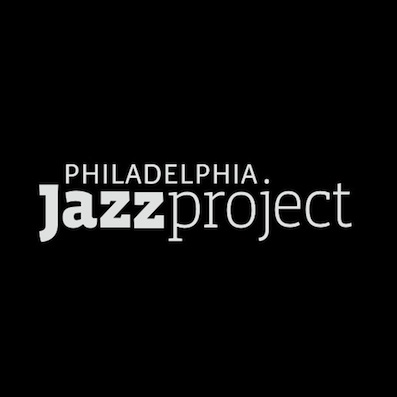

Philadelphia Jazz Project, which is a sponsored project of the CultureWorks | Greater Philadelphia, with funding provided by The Philadelphia Foundation.















